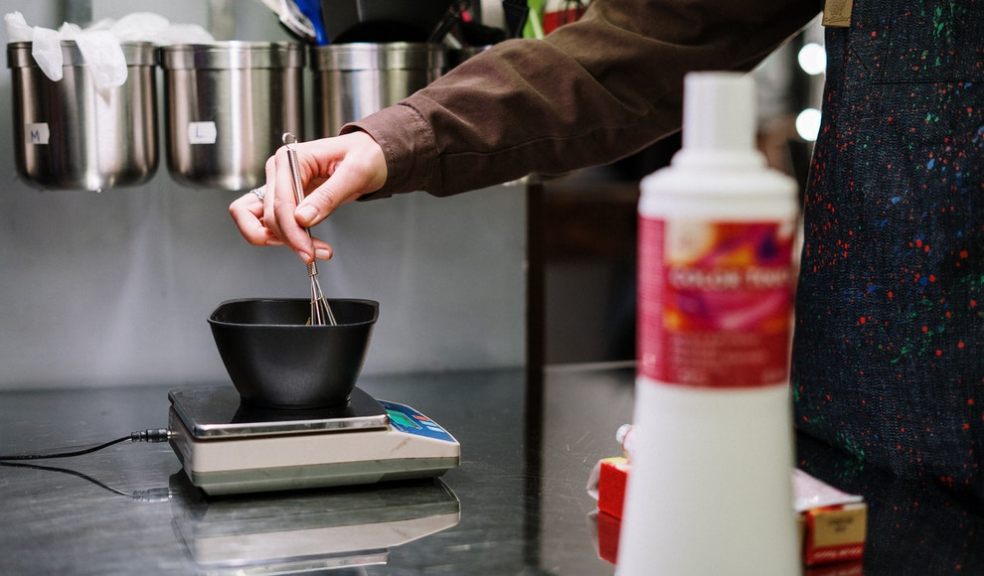
Can you sue your hairdresser for Allergic Reactions to Hair Treatment Solutions?
Even if you visit the same hairdresser for several months or years without any mishap, sometimes an accident happens when you least expect it. For example, the hairdresser changed the hair colouring product that they usually apply to your hair, with different ingredients. Because your hair and scalp are not used to the ingredients, they can damage your hair or cause skin irritations due to allergic reactions.
On such occasions, can you sue a hairdresser? The answer is yes, under certain conditions. One of the most common reasons is the failure of the hairdresser to inform you about the new product and doing a skin patch test to determine if you have pre-existing allergies to certain ingredients. Even if you are using the same product, the hairdresser should always do a skin patch test. Most of the hairdressing claims are due to the negligence or failure of the hairdresser to follow regulations. Your hairdresser should do the skin patch test 24 to 48 hours before your salon appointment.
Allergic reactions
Most hair dye products contain several chemicals, but the ingredient that causes most allergic reactions is para-phenylenediamine (PPD). It is not currently illegal in the UK, although it is already illegal in other European countries.
The chemical is present in permanent dyes, particularly the hair colourants in darker shades. Therefore, its maximum concentration should only be two per cent in any hair dye product. Hairdressers should understand this and ensure that they use the right amount of hair colouring solution to protect their clients.
You'll know that you are allergic to the specific ingredient when you feel an itching and burning sensation on your scalp right after applying the colouring solution. These sensations are mild forms of reaction. If you have an adverse reaction to PPD, you may develop swollen red skin, open sores, weeping skin, blisters, and rashes. The allergic reaction may not only be on the scalp but also on your other facial areas. For example, your eyes may be swollen and forced to close for a few days. The damage can affect the hair follicles and result in partial or complete baldness that will take months to get back to normal.
What to do when an allergic reaction develops?
Your hairdresser should know what to do if you develop an allergic reaction to the hair dye, such as immediately rinsing your hair with warm water and mild soap or shampoo, then applying a solution that will oxidise the PPD. For adverse reactions, you should seek medical help.
If the hairdresser is negligent in doing the skin patch test and fails to inform you about the product, ingredients, and risks when using the product, you can file a compensation claim against the hairdresser.
When filing a hairdressing claim, remember that you should show proof about the negligence and the damage. Contact a hairdressing claims solicitor to guide you in what to do. You have three years from the date of the accident to file the claim. Therefore, ensure that you get all the information you need, from the name of the product, name and contact information of the hairdresser and the salon, records of appointments, before and after photos, medical evaluation and prescriptions, travel expenses, cost of medicines, and caregiver fees, if applicable.













